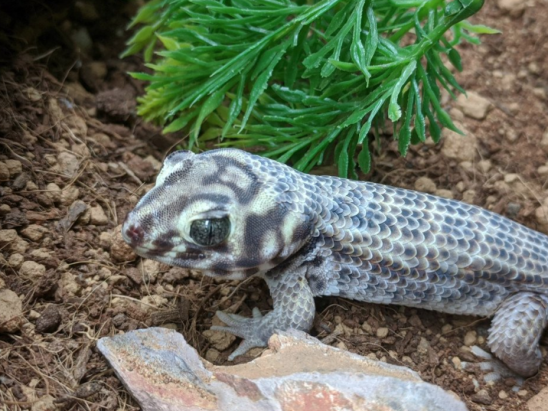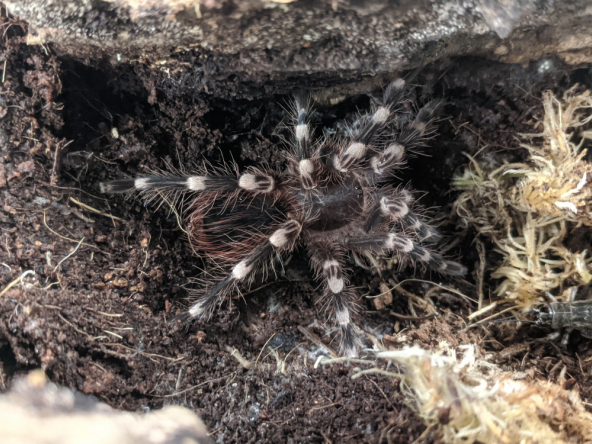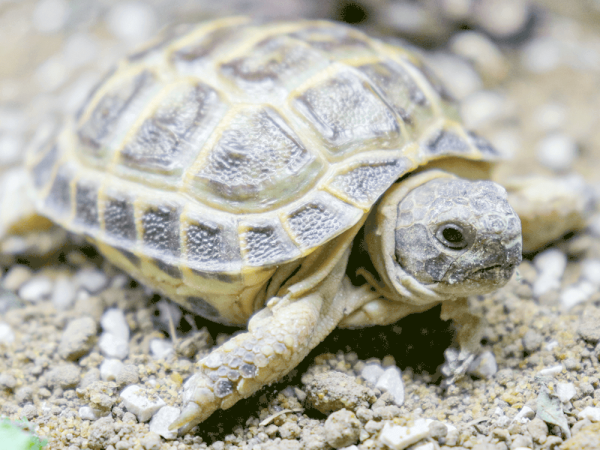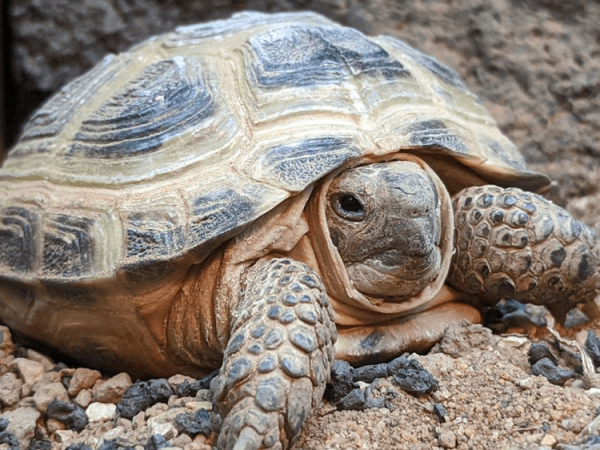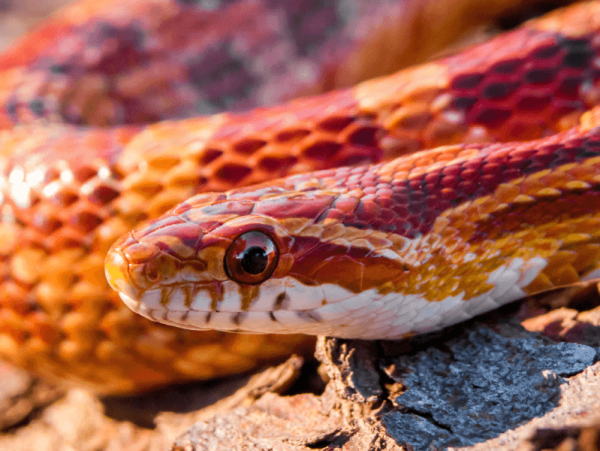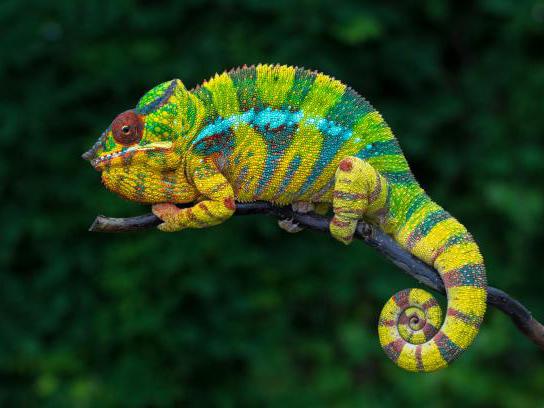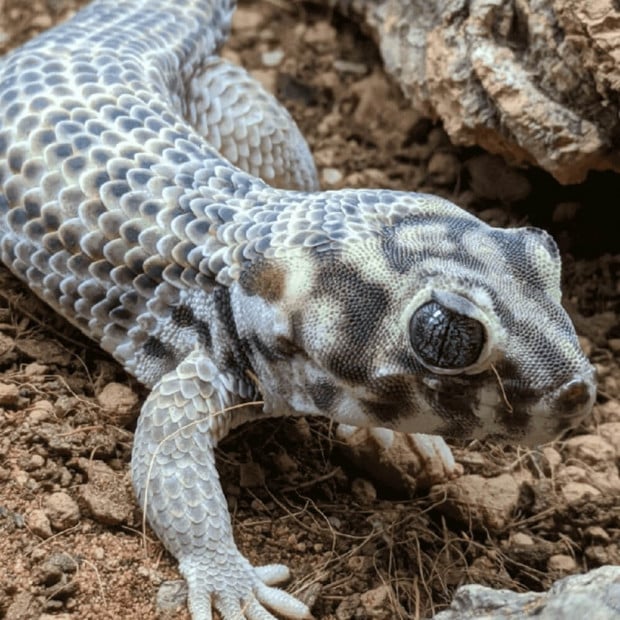Optional extras
Wonder gecko, Teratoscincus scincus, care sheet
Categories: Care sheetsLizards
The Wonder Gecko originates from Southern Asia to Western China and inhabits dry, arid desert environments. Living terrestrially, this gecko is excellent at digging and burrowing and will spend much of its day hidden under the surface. They are an attractive looking gecko, with larger scales down their backs and marbled colouration of shades of brown and yellow.
They are also commonly referred to as 'Frog-Eyed Geckos' due to their large green eyes. Although they are sometimes handled in the pet-trade, they can be skittish and take time to tame.
If you are looking for an alternative to Wonder geckos, take a look at our guides on how to keep a Leopard gecko, how to keep a Western hognose snake or how to keep a Chinese water dragon.
Housing
A medium-sized gecko, it is best to keep this species in a minimum of a 3 x 2 x 2ft enclosure, allowing adequate space for activity and enrichment. They naturally inhabit dry areas and desert so a drier substrate such as sand is best to keep humidity low and enable burrowing. A good example is ProReps Biolife Desert or Lucky Reptile's Desert bedding - which seem to hold well when burrowed in.
It is important to keep your gecko stimulated by incorporating a number of branches, logs, tunnels, rocks and foliage, which give a good opportunity for exercise as well as good mental health. Change the enclosure layout every now and then to make it even more interesting. Part of your decor will also need to provide an opportunity for hiding, both in the hotter and cooler areas of the tank. Cork bark or caves would work for this.
Heating and lighting
Heating and lighting are essential for any reptile and for your gecko this begins with a good quality heating system to provide a basking area of 30 - 32C. The best way to achieve this is using a basking bulb or ceramic heat emitter, and any heat source will need to be attached to the relevant thermostat to prevent overheating. Monitor your temperatures with an accurate digital thermometer to establish whether your system is working effectively.
The cooler area of the enclosure can remain between 22-25C, allowing for escape from the heat so your gecko can regulate properly. During the night, heating may not be required, as temperatures can fall to around 15C - which will mimic a drop in temperature that would be experienced in a natural setting.
It is important to provide UVB in a good quality strip bulb. UVB will still get to your gecko even while they are hiding away as it bounces off surfaces in the tank. Arcadia 7% Shade Dweller, or 6% T5 are good examples of relevant bulbs - though the strength required will depend on the height of your enclosure.
This UV will be used in a 12-hour cycle, being switched off as the temperature drops to create day and night periods. All UV bulbs will also have a lifespan between 6 - 12 months - which will need to be noted as after this time the UV will no longer be effective even if the bulb still glows. Lifespan is also bulb and brand dependent.
Humidity
High humidity is not required of this species and you will most likely not need to intervene to reach the required 40%. It is important to provide a water dish, placed on the cooler end of the vivarium to ensure it doesn't evaporate. Dishes will need to be cleaned regularly to prevent bacteria build-up which can lead to illness in your gecko. Regular tap water is fine to use.
Diet
The Wonder Gecko is an insectivore and will feed on a good variety of live food, such as crickets, locust, cockroaches and worms. Variety will be key in providing a good diet as well as the supplementation of vital calcium, multivitamins and D3. These supplements will come in the form of powders and should be used in the relevant feeding cycle. It will also be beneficial to gut load this live food to further better the diet.
Species factfile
- Scientific name - Teratoscincus scincus
- Adult Expected Size - 6 - 8 inches
- Habitat - Southern Asia to Western China inhabiting dry, arid desert environments. Terrestrial living.
- Required Enclosure Size - 3 x 2 x 2ft
- UV Lighting - 2 - 3 UVI (7% Shade Dweller or 6% T5 - enclosure height dependent)
- Expected Lifespan - 15 - 20 Years
- Temperature Gradient - 22 - 32C
- Humidity Levels - 40%
- Feeding - Insectivore - a variety of live food, such as crickets, locust, cockroaches and worms
- Handling - Sometimes handled in the pet-trade, can be skittish and take time to tame.
Jeremy Gay is an author, lifelong fishkeeper, and exotic pet specialist. He's a former editor of Practical Fishkeeping Magazine, UK editor at Reefbuilders, a former pet store manager, and has collected wildlife in Sri Lanka and the Amazon. He's been on tv and radio, contributed to Koi Carp and Gardeners World magazines, been a product tester, a judge, and a product developer.




